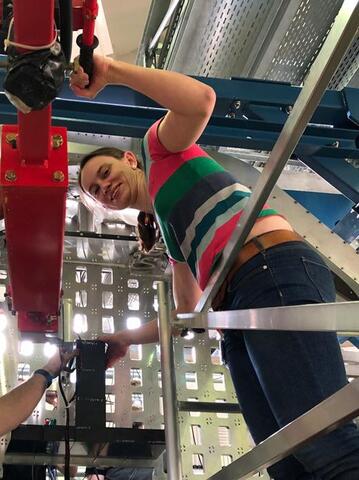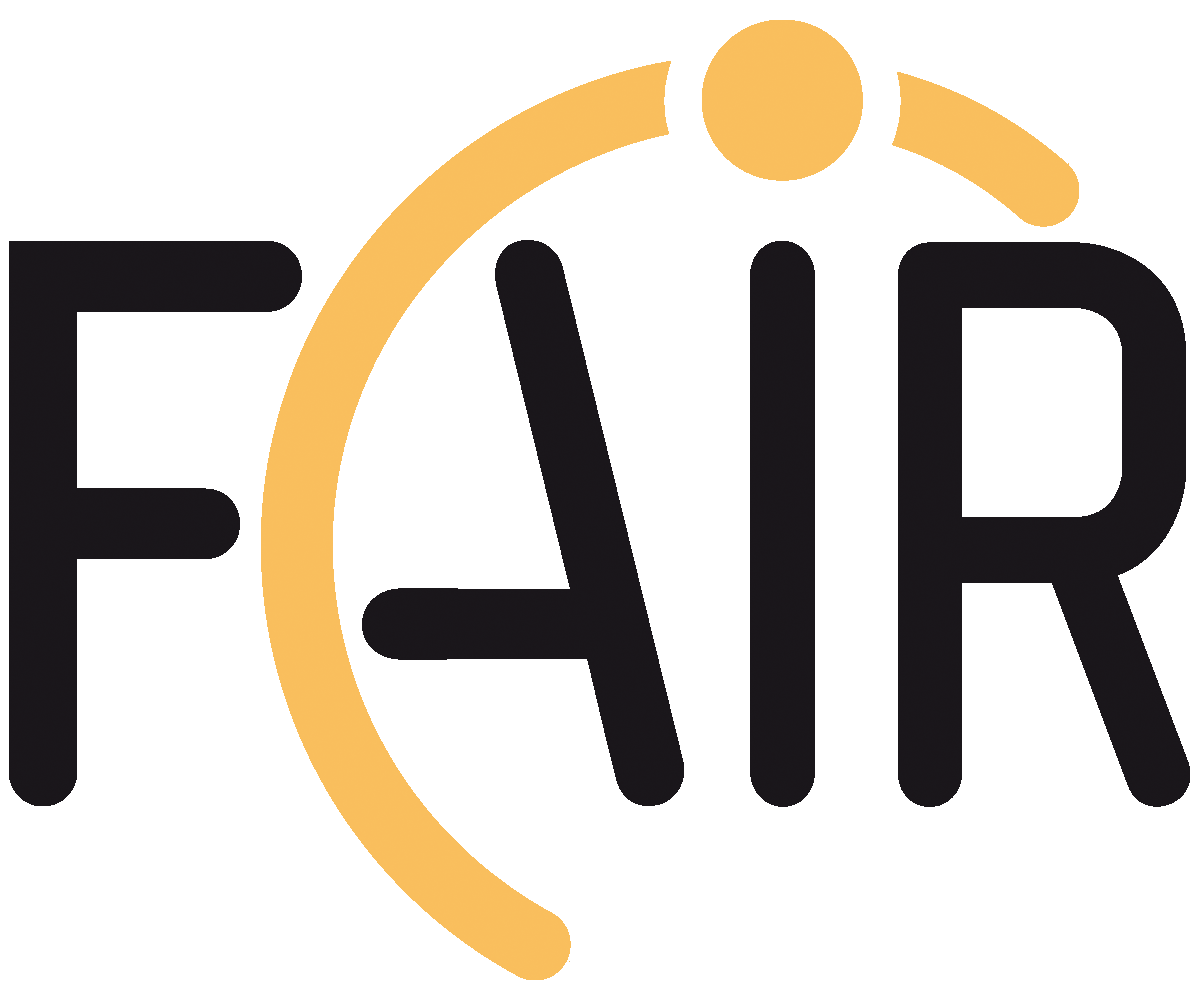Workshop „Physics Opportunities with Proton Beams at SIS100” was held in Wuppertal
PANDA meetings
04/03-08/03 2024 CM 24/1 in Münster
24/06-28/06 2024 CM 24/2 at GSI
25/06-26/06 2024 FEE/DAQ Workshop
04/11-06/11 2024 CM 24/3 at GSI
05/03-07/03 2025 WS at GSI
16/06-20/06 2025 CM 25 in Uppsala
The \PANDA~detector at FAIR (Facility for Antiproton and Ion Research) in Darmstadt (Germany) aims to conduct an antiproton-proton experiment with a very high rate capability, up to 10$^{\rm 7}$ interactions/s. In the past 12 years several unpredicted resonant states were observed, making richer the charm and charmonium spectrum. Prominent examples are the so called Z charged states and their neutral partners, which were first observed at the Belle and BES III experiments two years ago, and some of them recently confirmed by LHCb. They have risen the interest in searching for charmonium-like states. Measurements in $\bar p p$ annihilation are complementary to what has been achieved in this sector by the past $e^+e^-$ colliders, or running experiments in $pp$ collisions. In this short report, we present some extrapolations to understand the level of competitiveness of \PANDA, in the first day of data taking, assuming a luminosity equal to 10$^{31}$ cm$^{-2}$ s$^{-1}$.





